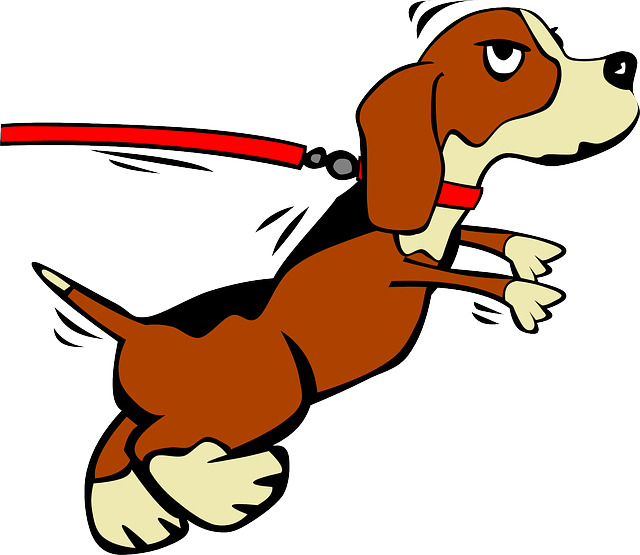 When we are attracted to someone in a socially stressful situation, it’s not uncommon for us to run our fingers through our hair or touch our faces, especially if we are self-conscious or lack the confidence to be more outgoing. Our canine family also demonstrates these acts of self-grooming in fearful, uncomfortable, and confusing emotional situations.
When we are attracted to someone in a socially stressful situation, it’s not uncommon for us to run our fingers through our hair or touch our faces, especially if we are self-conscious or lack the confidence to be more outgoing. Our canine family also demonstrates these acts of self-grooming in fearful, uncomfortable, and confusing emotional situations.
 A dog fearful of approaching a person or object, even though it may want to, will often start scratching, touching, and self-grooming. These conflicting emotions result in displacement behaviors irrelevant to the situation presented at a specific time. Usually caused by low self-esteem, displacement behaviors are referred to as SDBs or Self-Defeating Behaviors as they impede success by preventing the dog from overcoming the emotional fear and doing something they may want to do or are told to do by their pet parent. So, if the SDBs take over during a training session with your dog, the training is delayed until the dog can overcome, yielding to their less confident, fearful side.
A dog fearful of approaching a person or object, even though it may want to, will often start scratching, touching, and self-grooming. These conflicting emotions result in displacement behaviors irrelevant to the situation presented at a specific time. Usually caused by low self-esteem, displacement behaviors are referred to as SDBs or Self-Defeating Behaviors as they impede success by preventing the dog from overcoming the emotional fear and doing something they may want to do or are told to do by their pet parent. So, if the SDBs take over during a training session with your dog, the training is delayed until the dog can overcome, yielding to their less confident, fearful side.
 That said, I have come to believe that some dogs are smart enough or have been conditioned enough to use these Self-Defeating Behaviors as delay tactics and acts of manipulation. Have you ever asked your dog to sit, and your dog starts scratching his neck? Canine manipulation even includes rolling over, which, more often than not, will result in a belly rub. It’s so adorable that you don’t realize your dog figured out a way not to do what they are told to do.
That said, I have come to believe that some dogs are smart enough or have been conditioned enough to use these Self-Defeating Behaviors as delay tactics and acts of manipulation. Have you ever asked your dog to sit, and your dog starts scratching his neck? Canine manipulation even includes rolling over, which, more often than not, will result in a belly rub. It’s so adorable that you don’t realize your dog figured out a way not to do what they are told to do.
An important ingredient in training is love with a bit of discipline mixed in. Rolling over for belly rubs is an “awe” moment for all pet parents, but you can’t give in to it when it is used as a means of control.
 If your dog is fearful and demonstrates displaced behaviors or is reactive, some methods can help. Exposure therapy is one of the methods used to help a dog overcome fear and build self-esteem. If your dog is rolling over or lying down when they should be doing something else, like sitting/staying or walking on lead, then you need to take control. If you give in to these actions, you are validating them and telling your dog that it’s OK to do something other than what he is told to do. Instead, you need to do some training that will counteract the incorrect behavior. Get your dog up immediately and continue your training.
If your dog is fearful and demonstrates displaced behaviors or is reactive, some methods can help. Exposure therapy is one of the methods used to help a dog overcome fear and build self-esteem. If your dog is rolling over or lying down when they should be doing something else, like sitting/staying or walking on lead, then you need to take control. If you give in to these actions, you are validating them and telling your dog that it’s OK to do something other than what he is told to do. Instead, you need to do some training that will counteract the incorrect behavior. Get your dog up immediately and continue your training.
The bottom line is your dog should NEVER be in control. When your dog is in control of a situation, he is actually OUT OF CONTROL.






